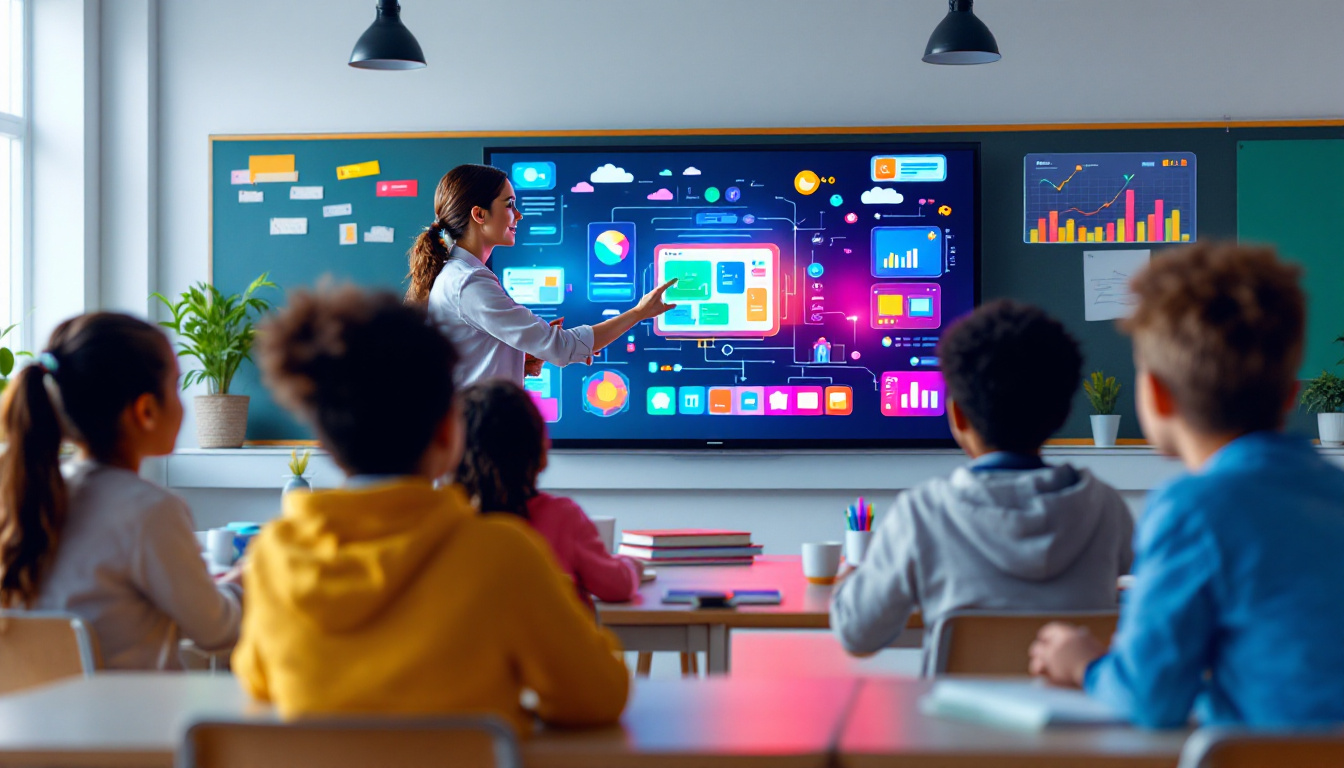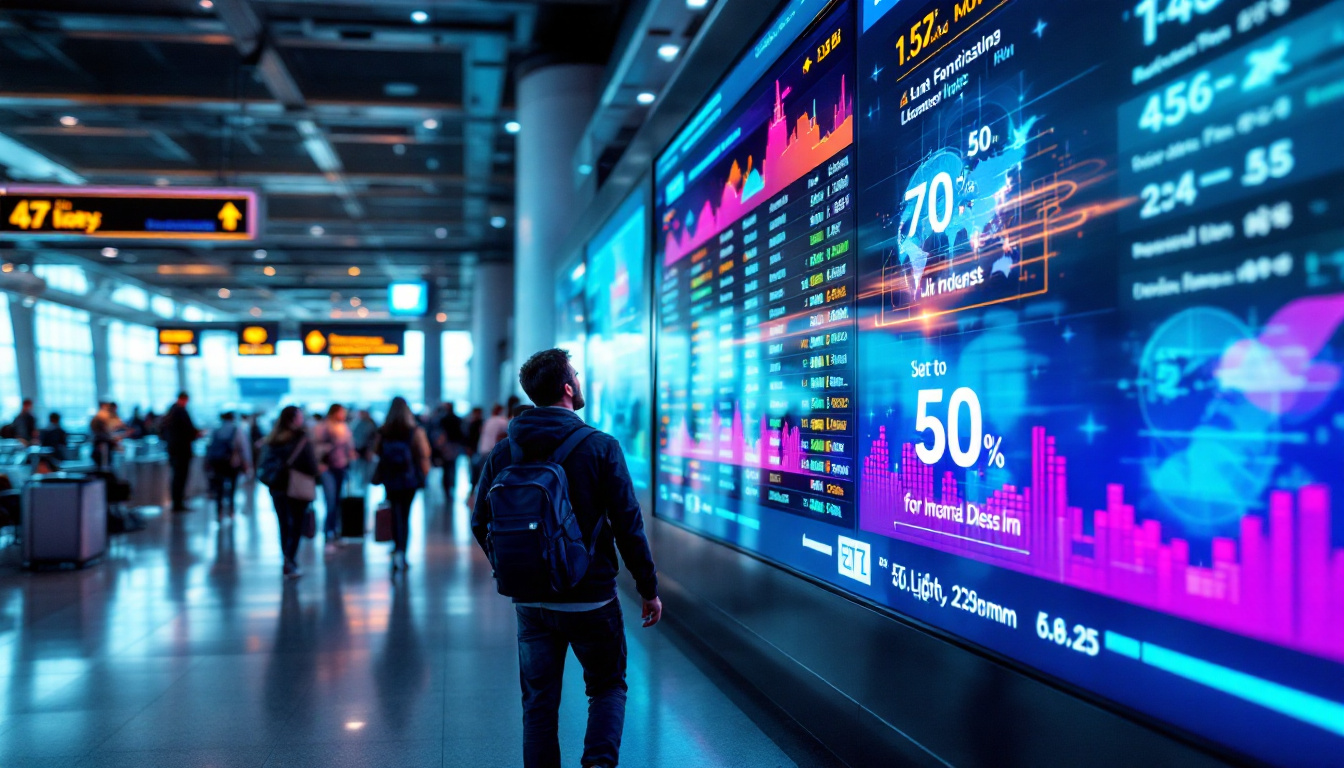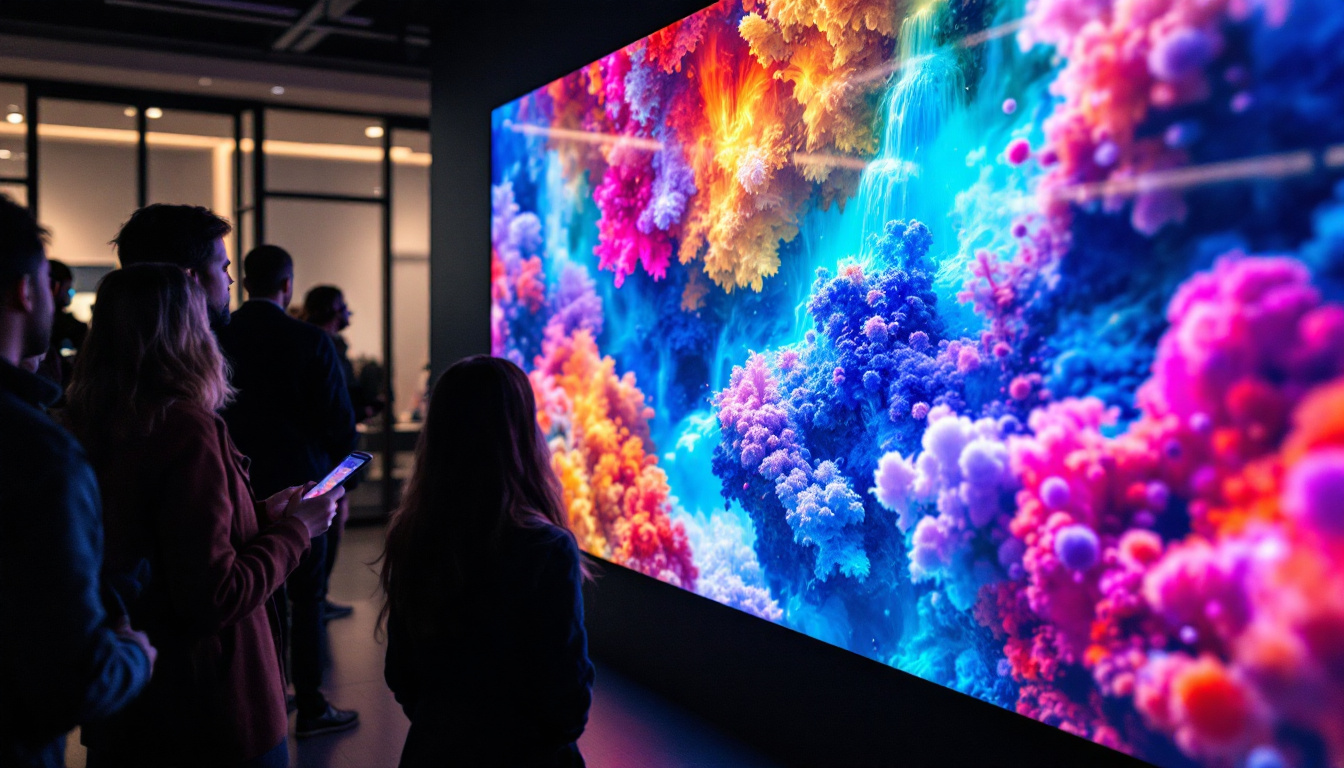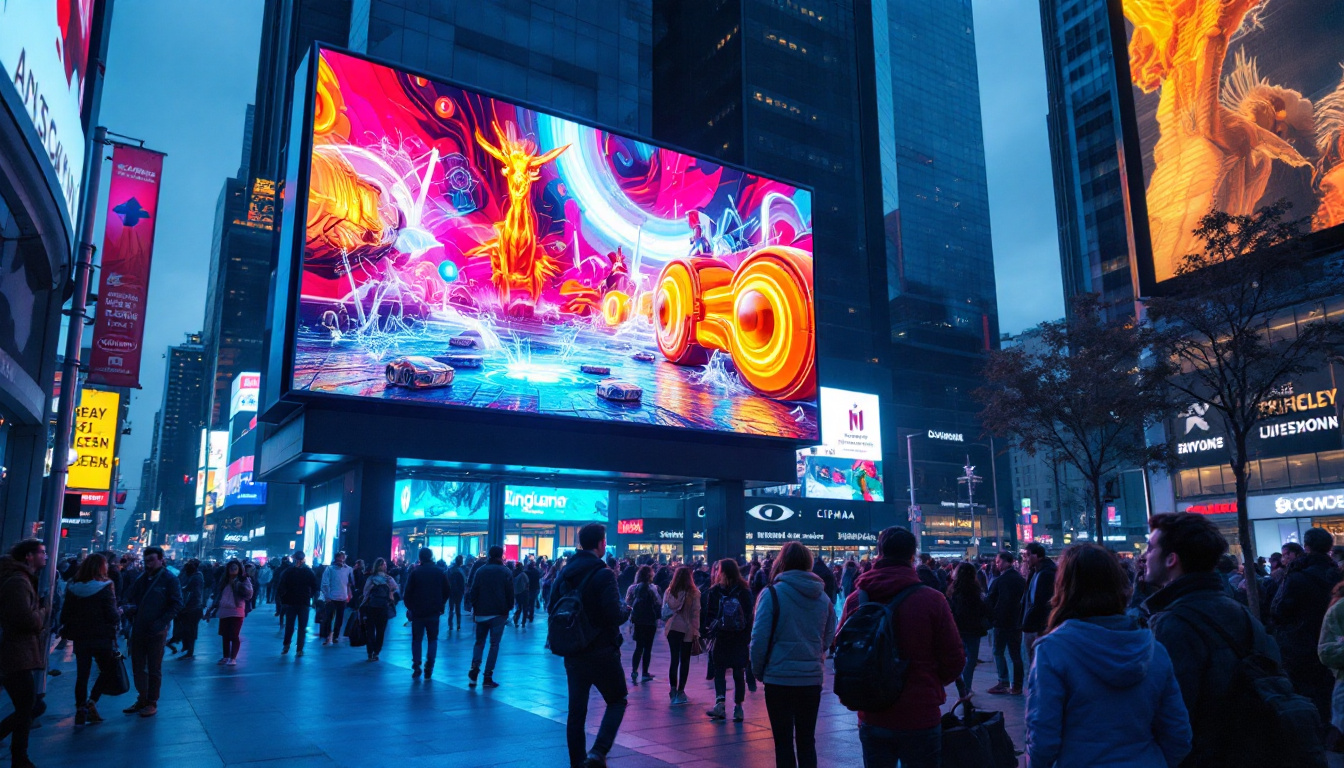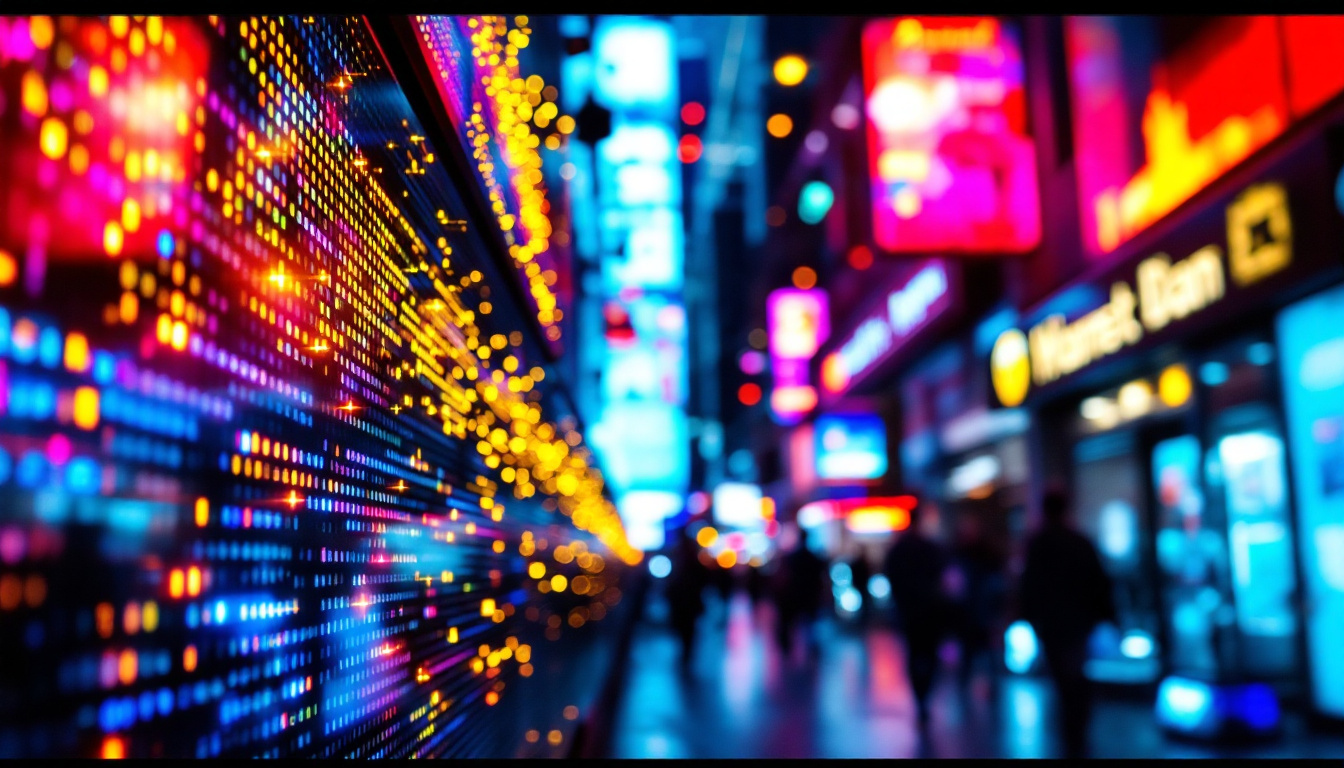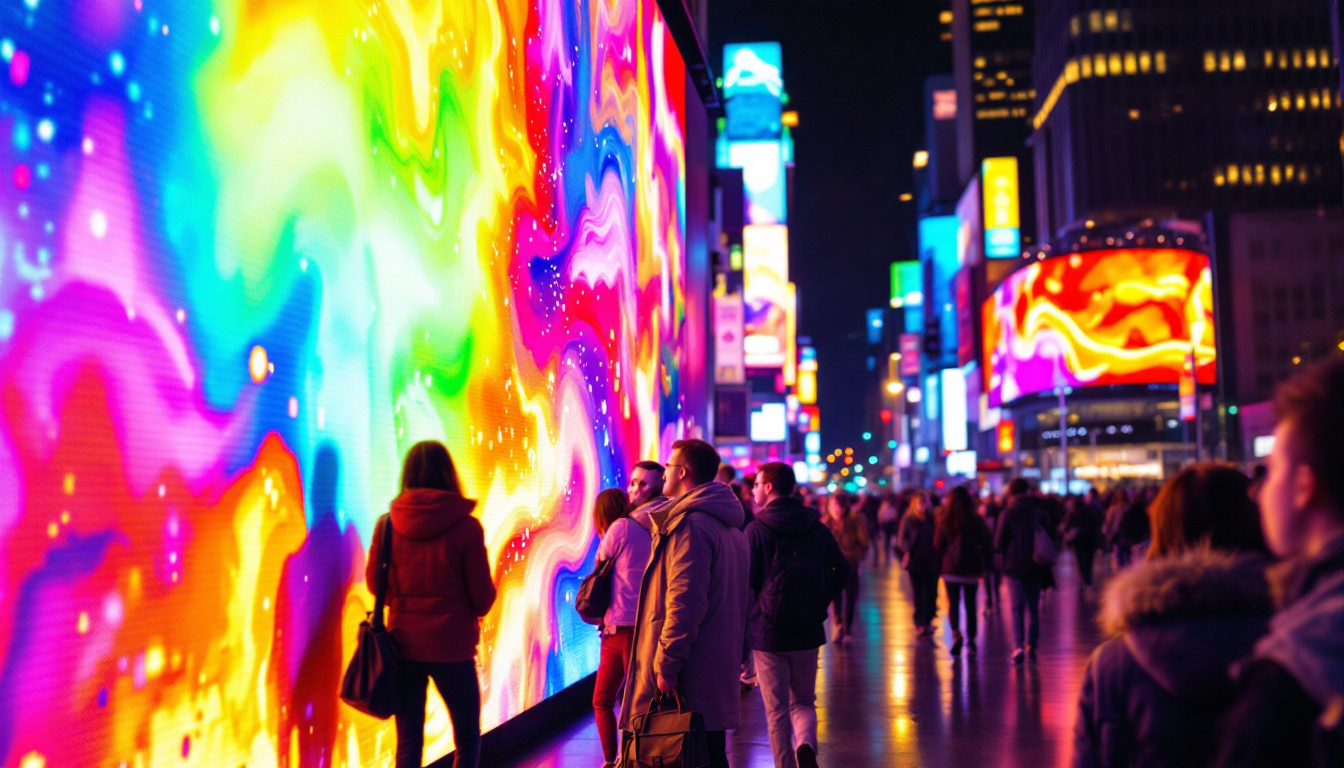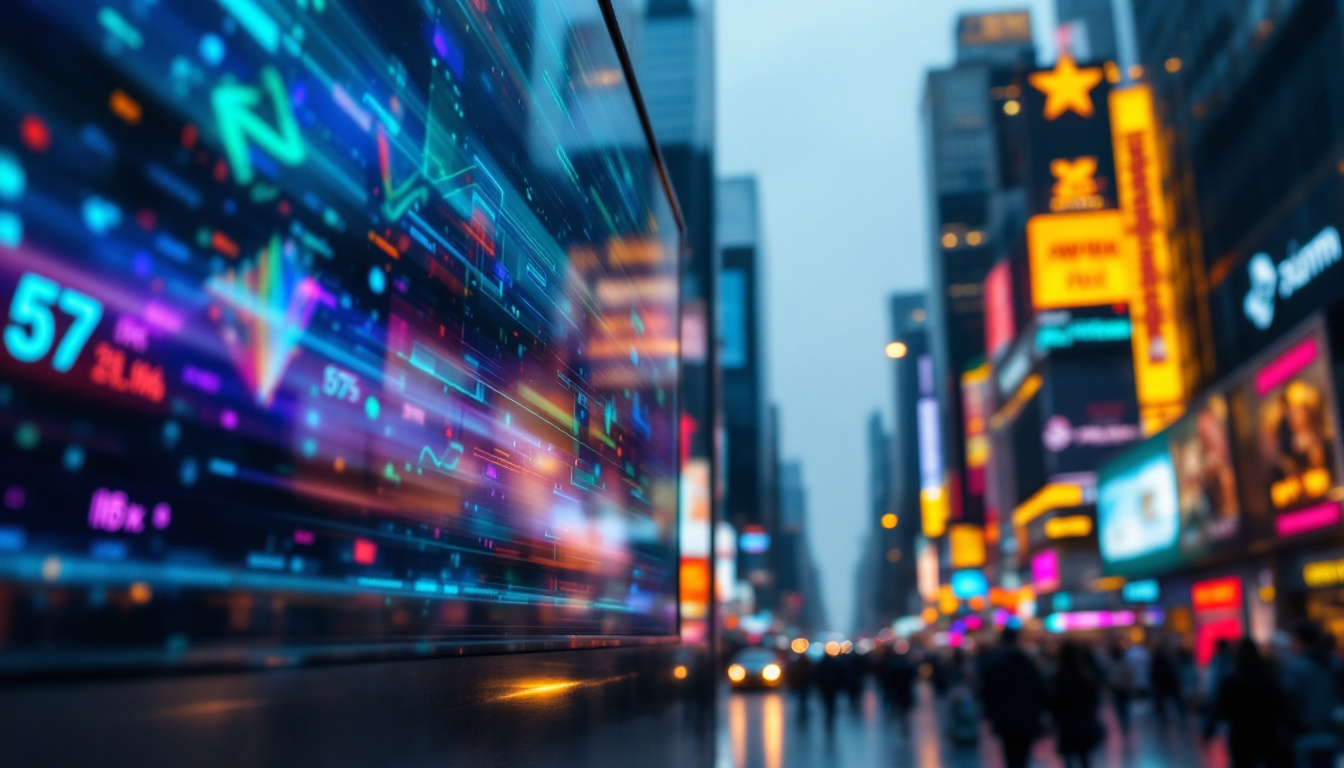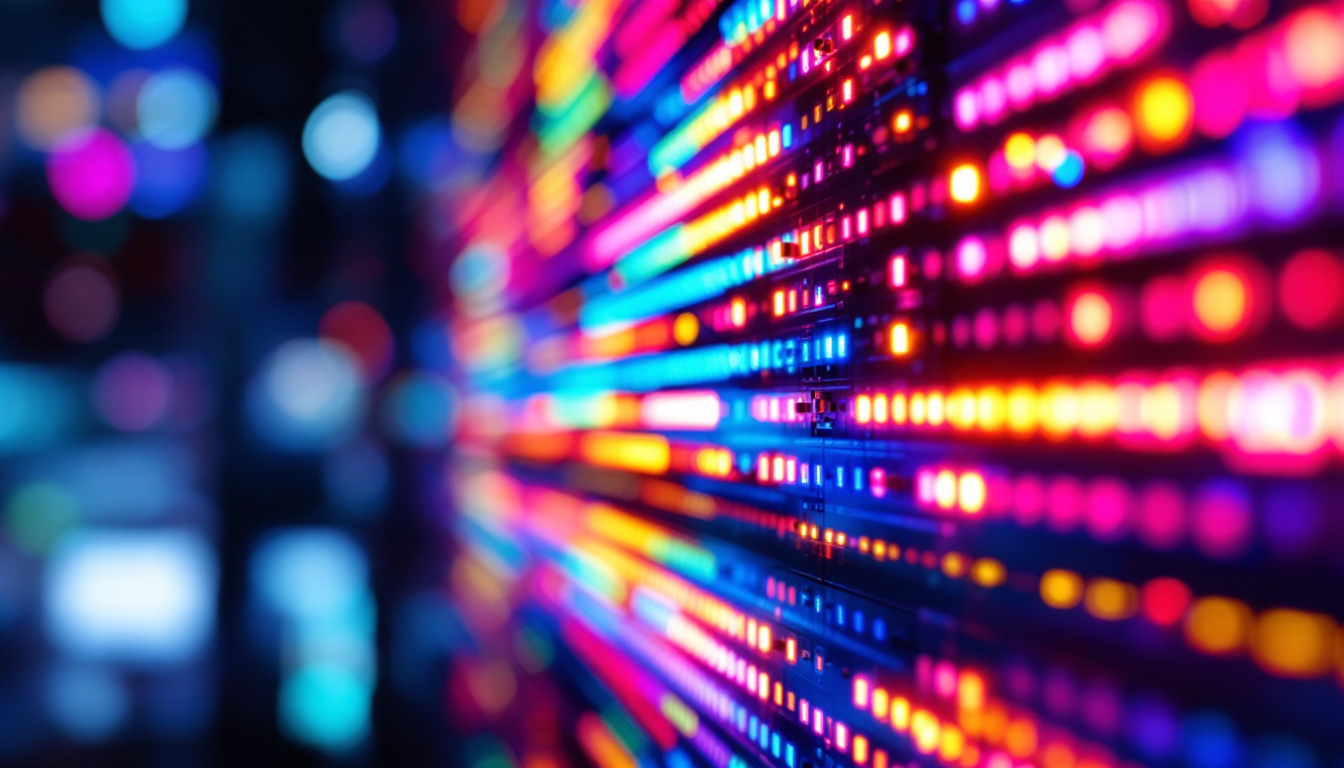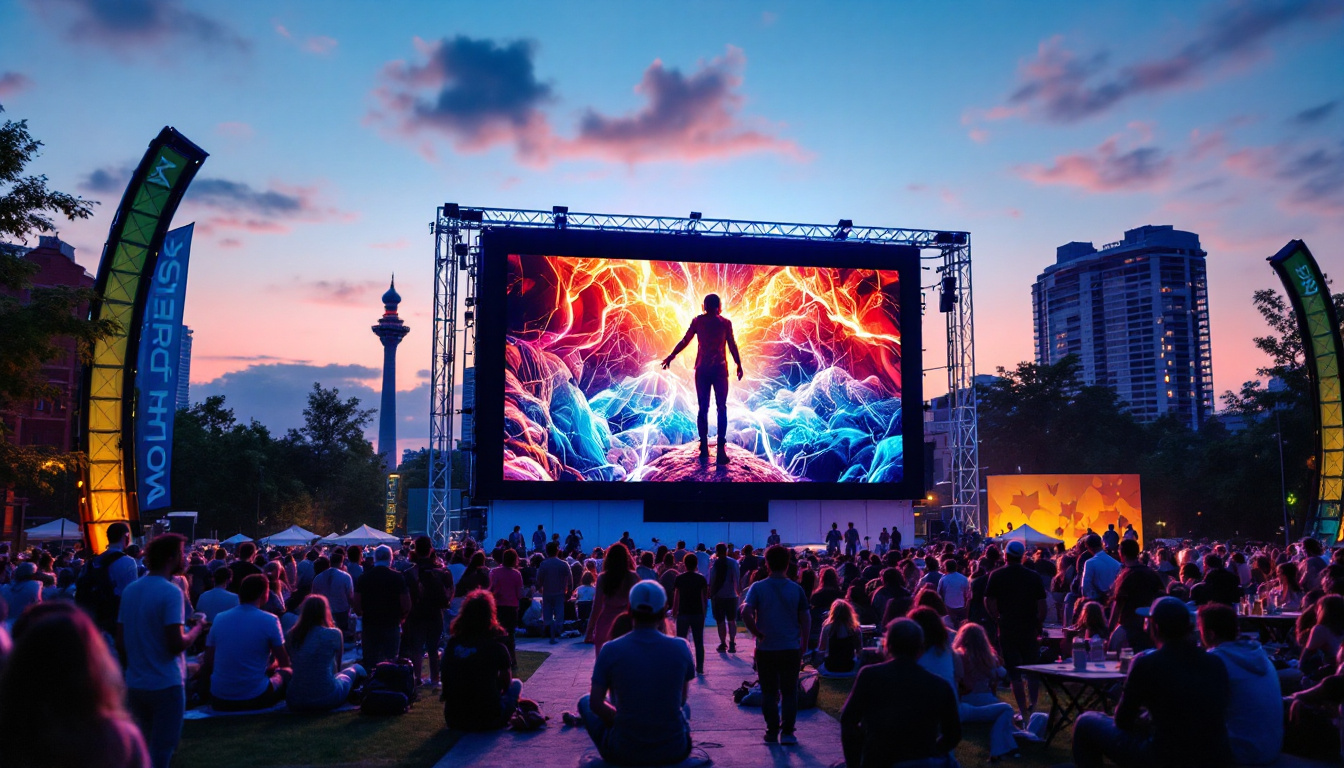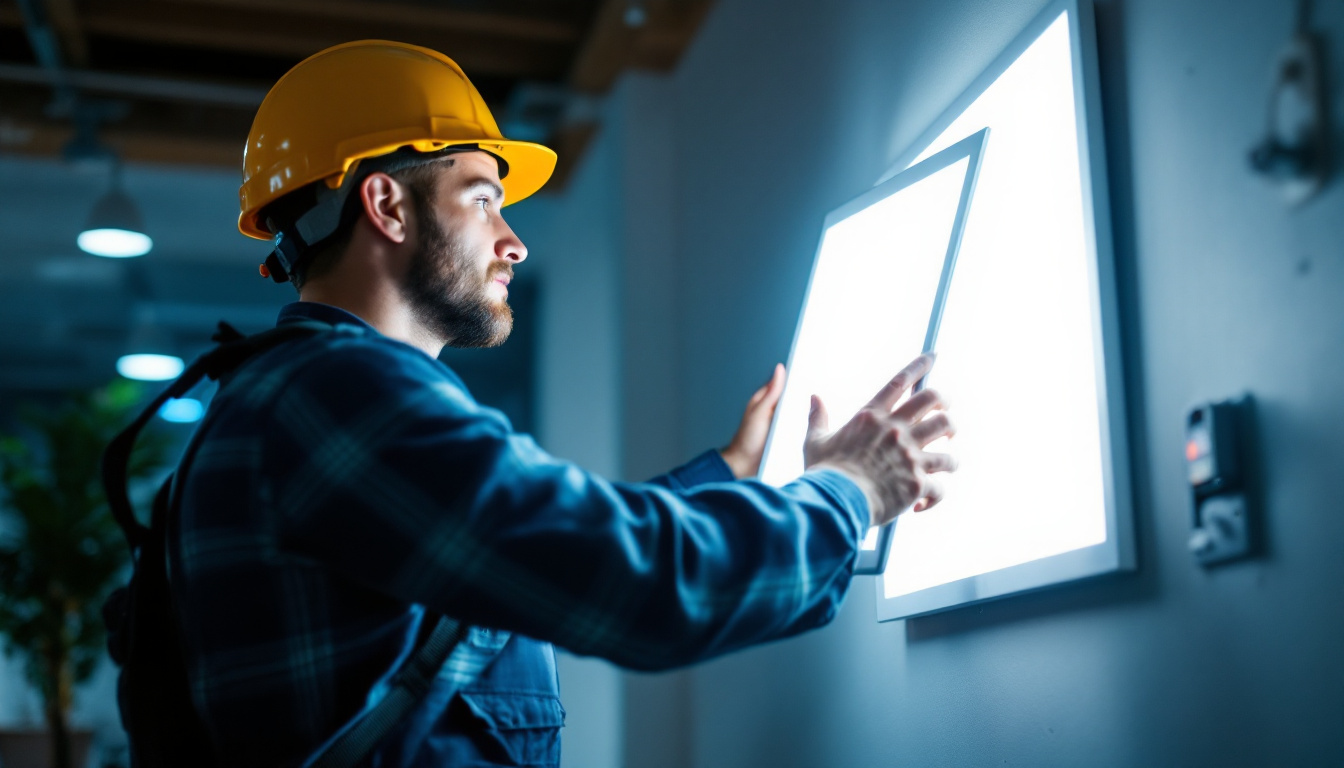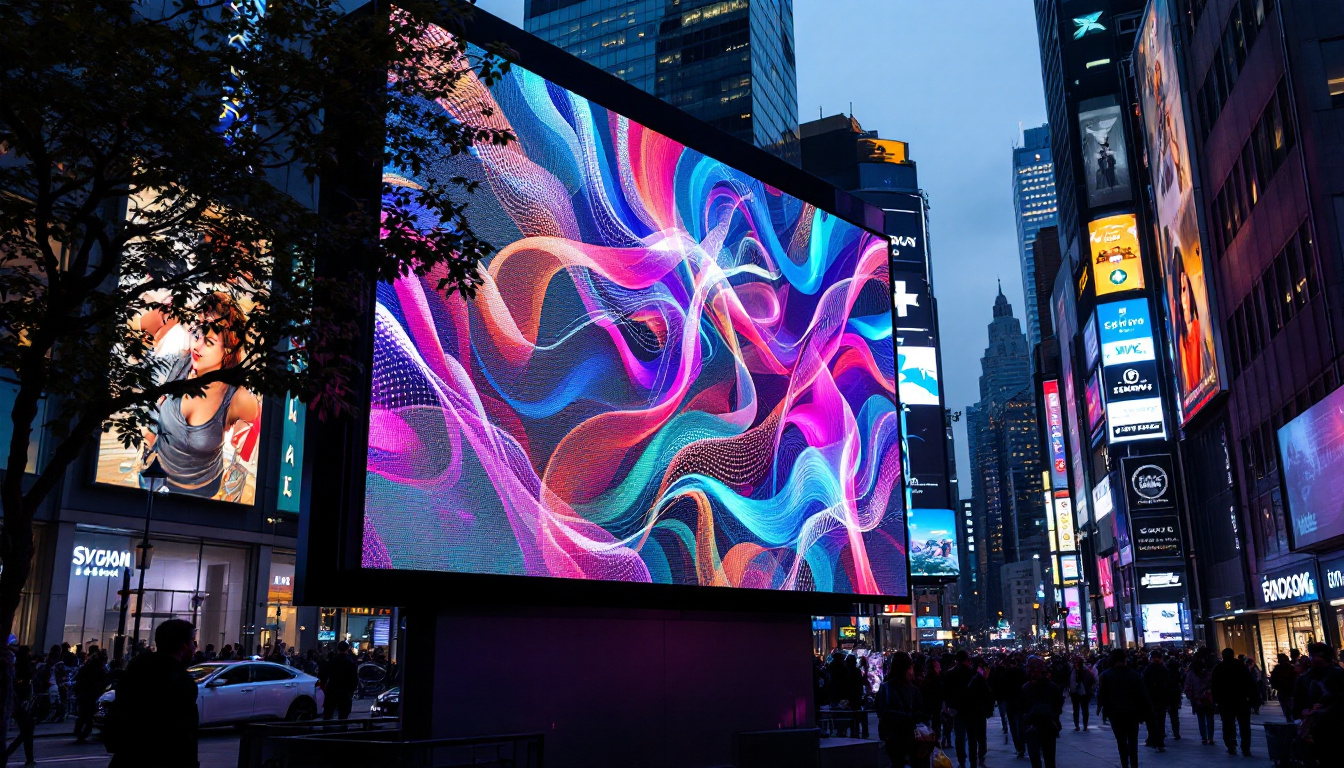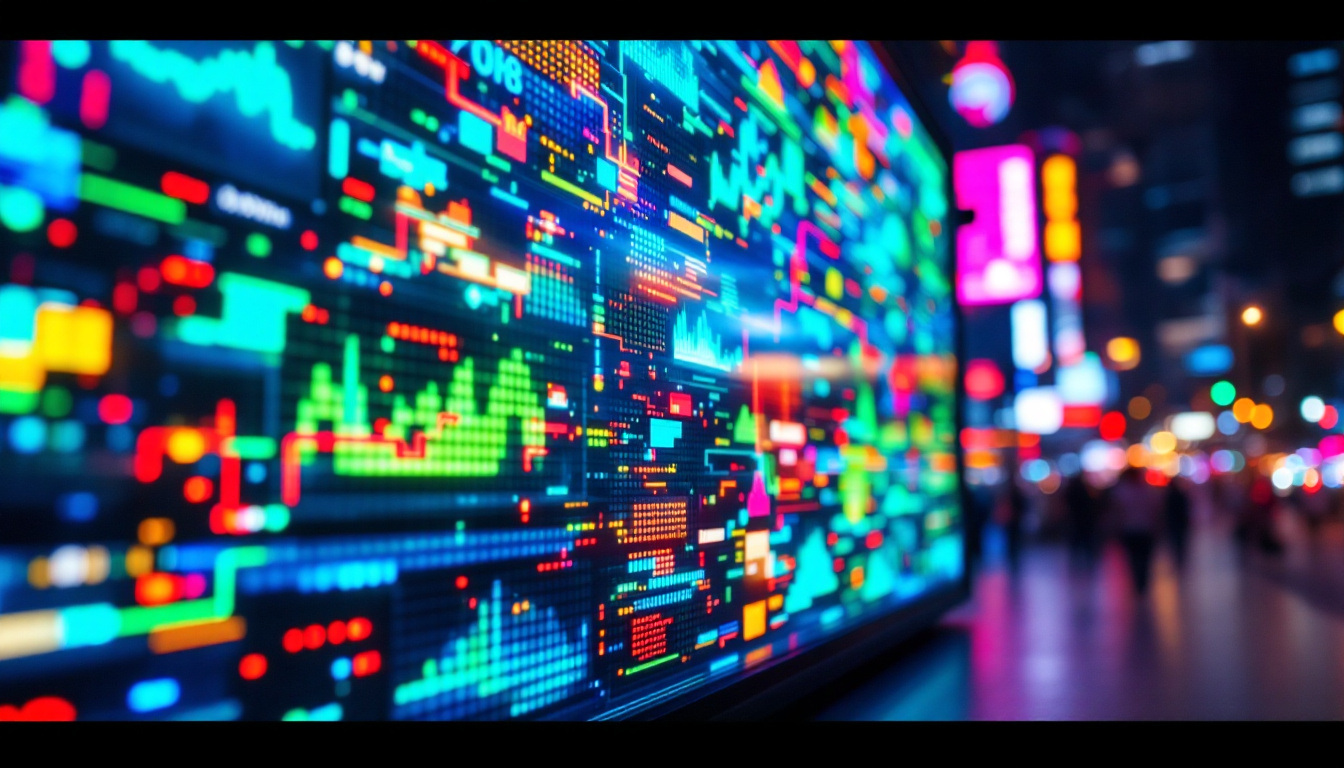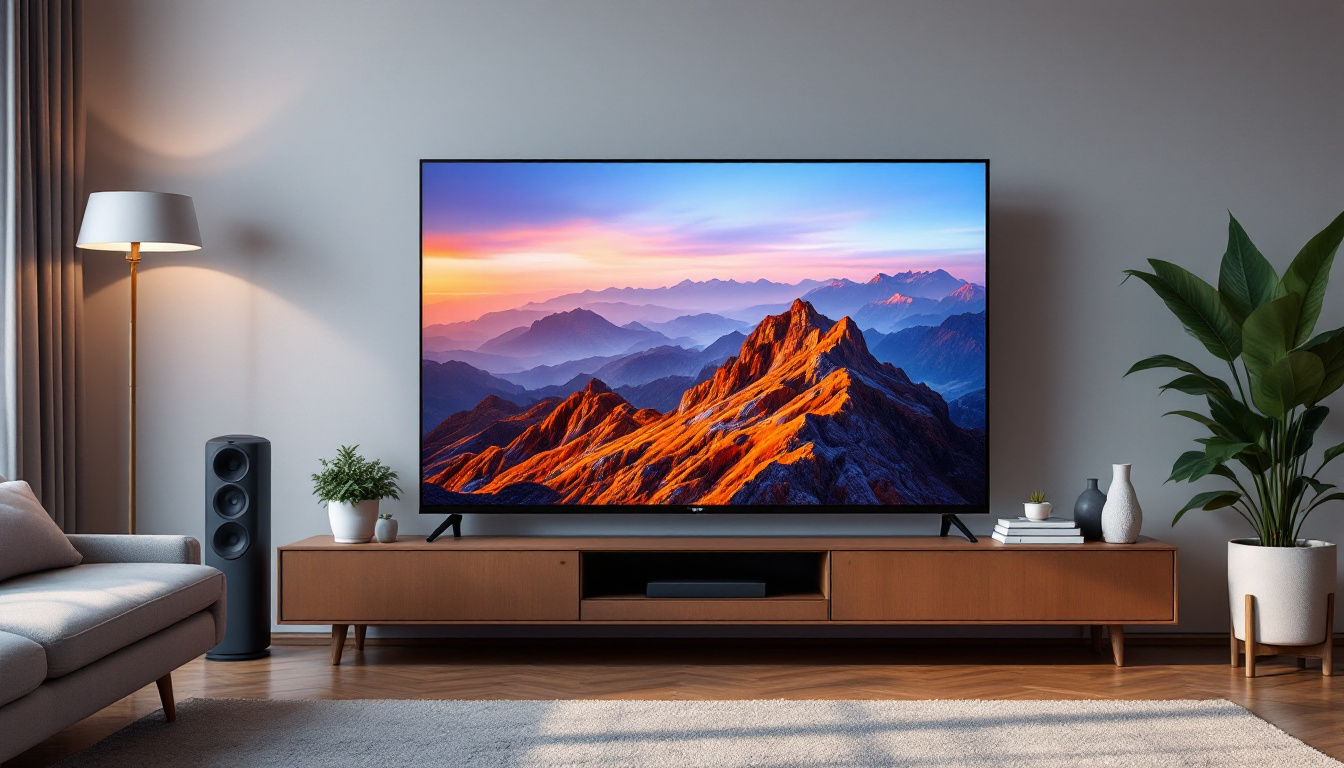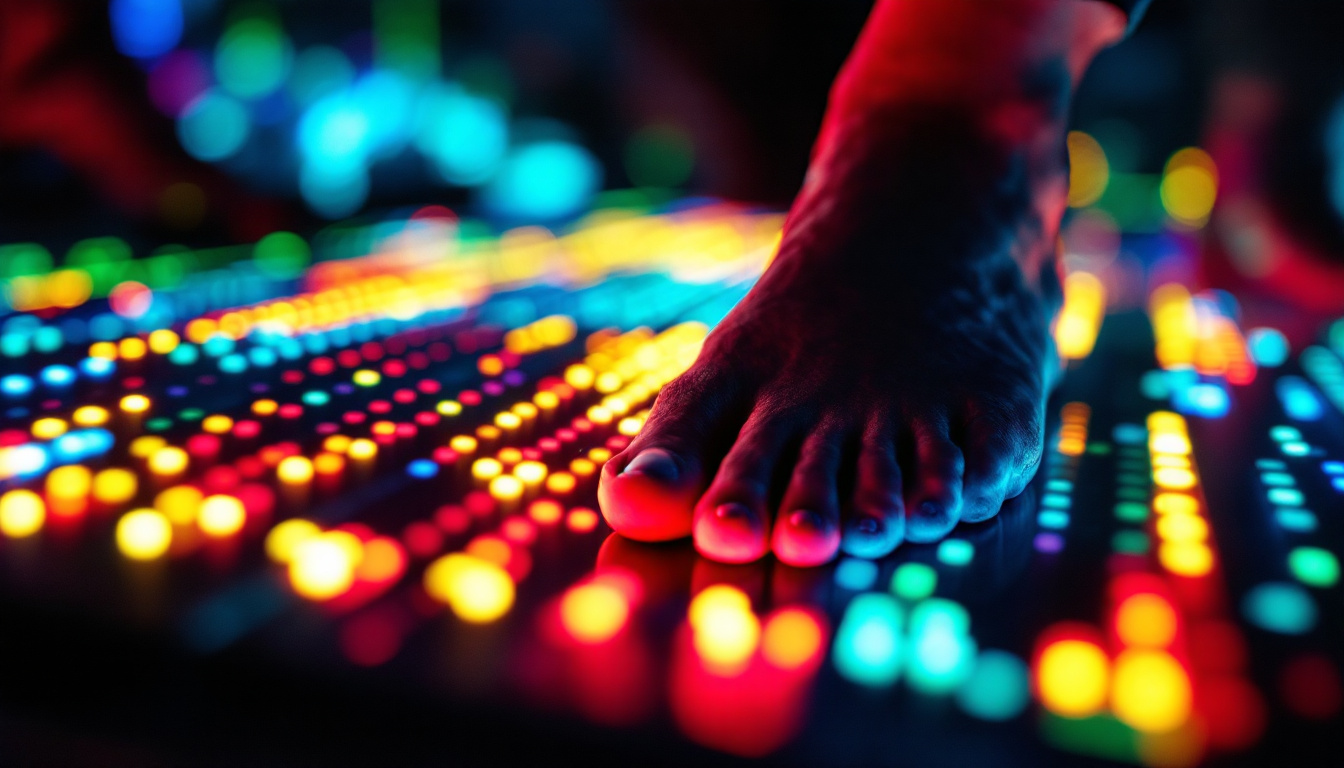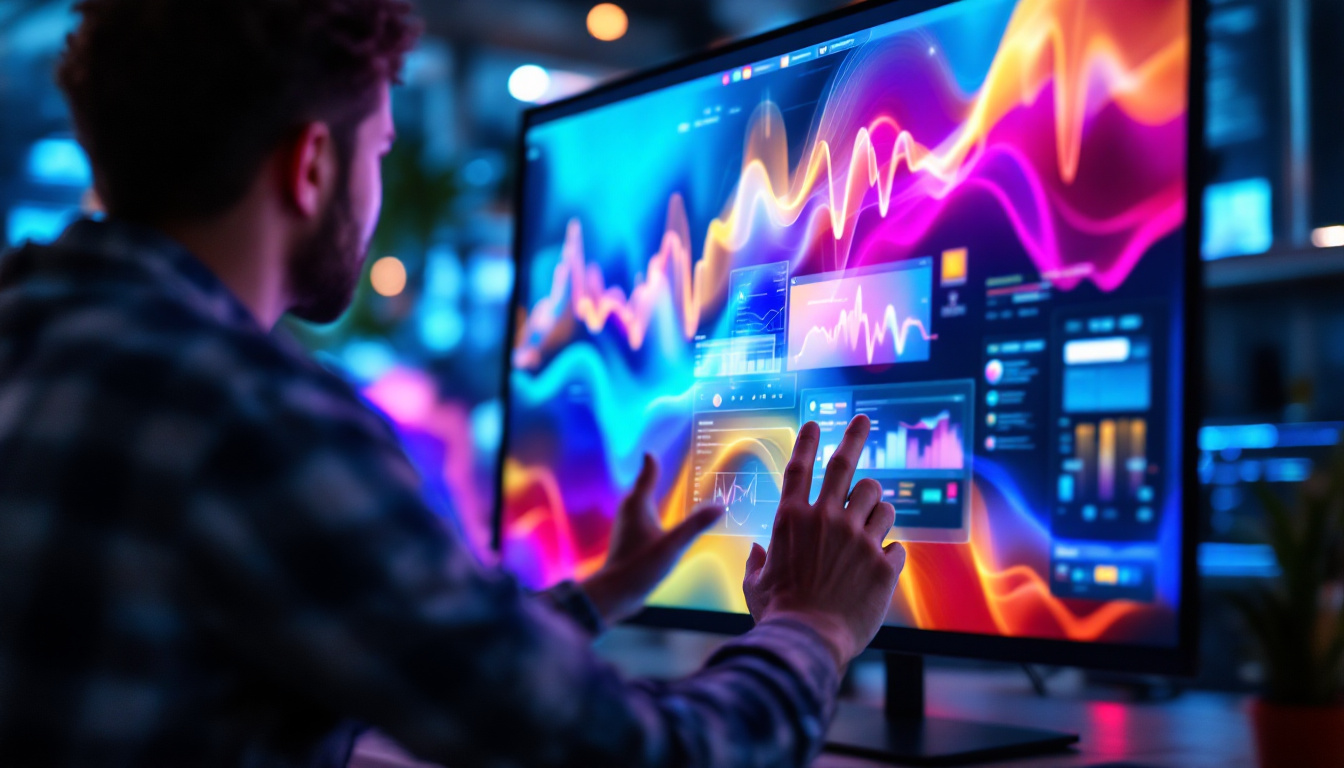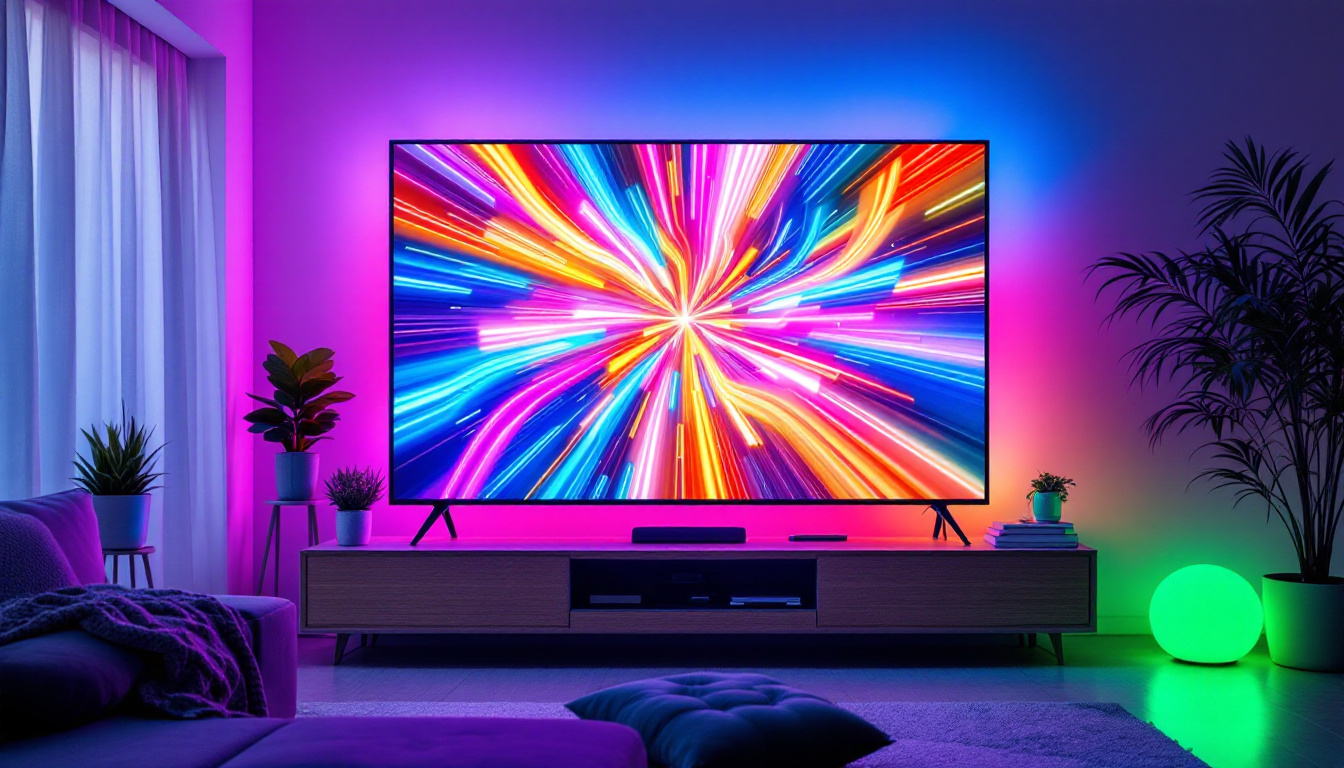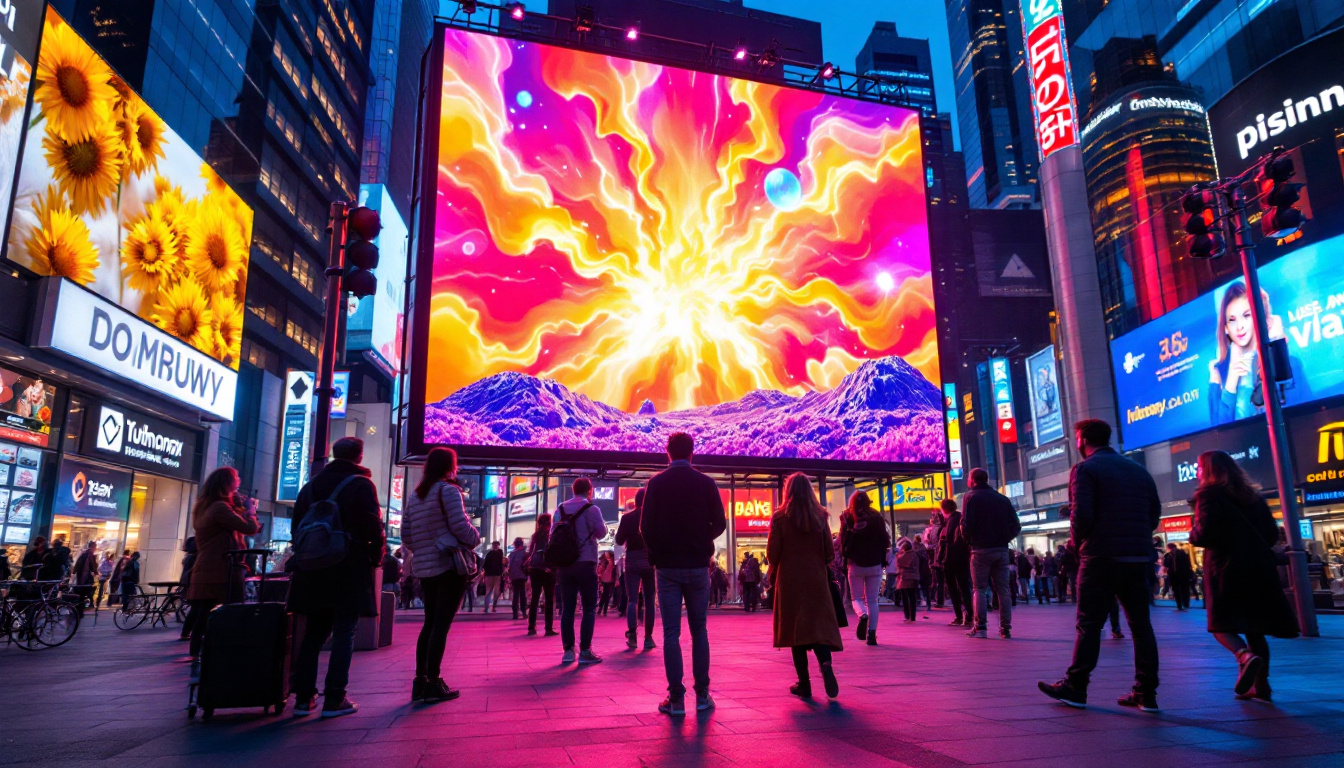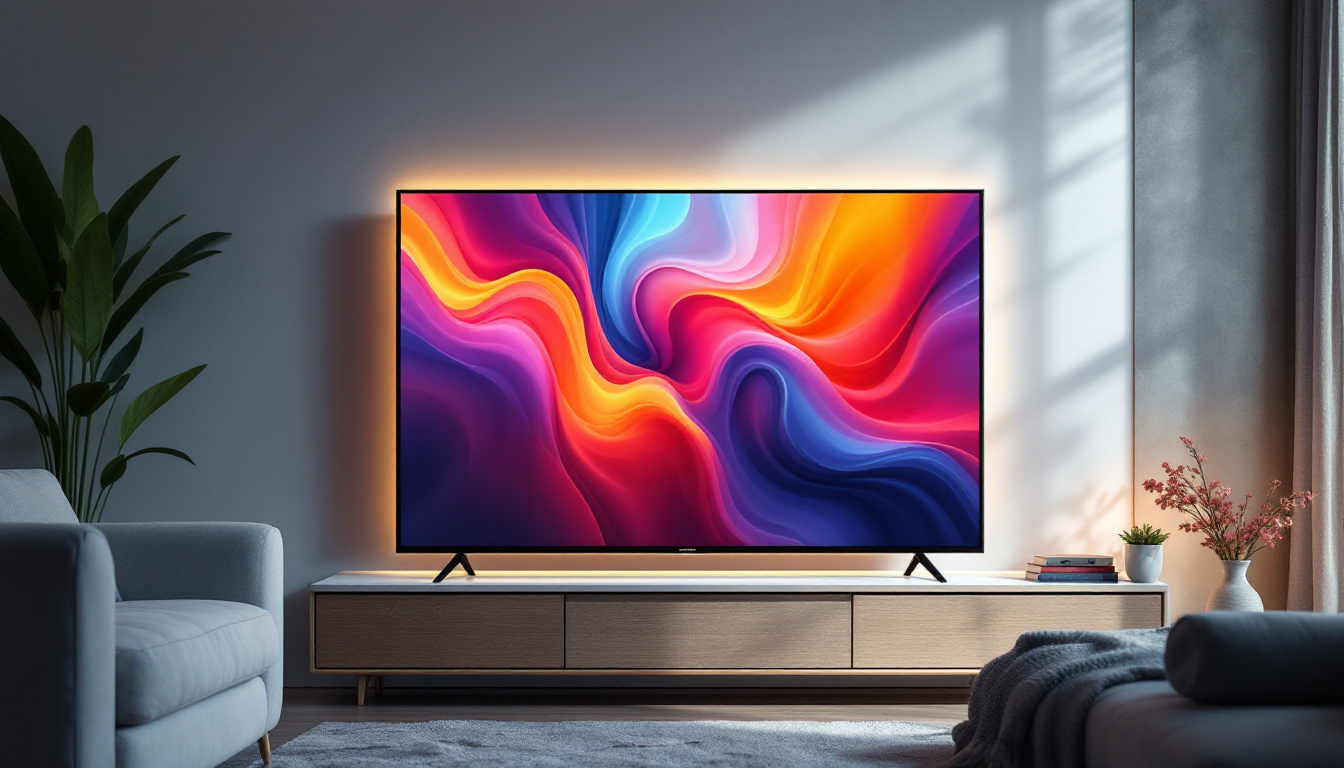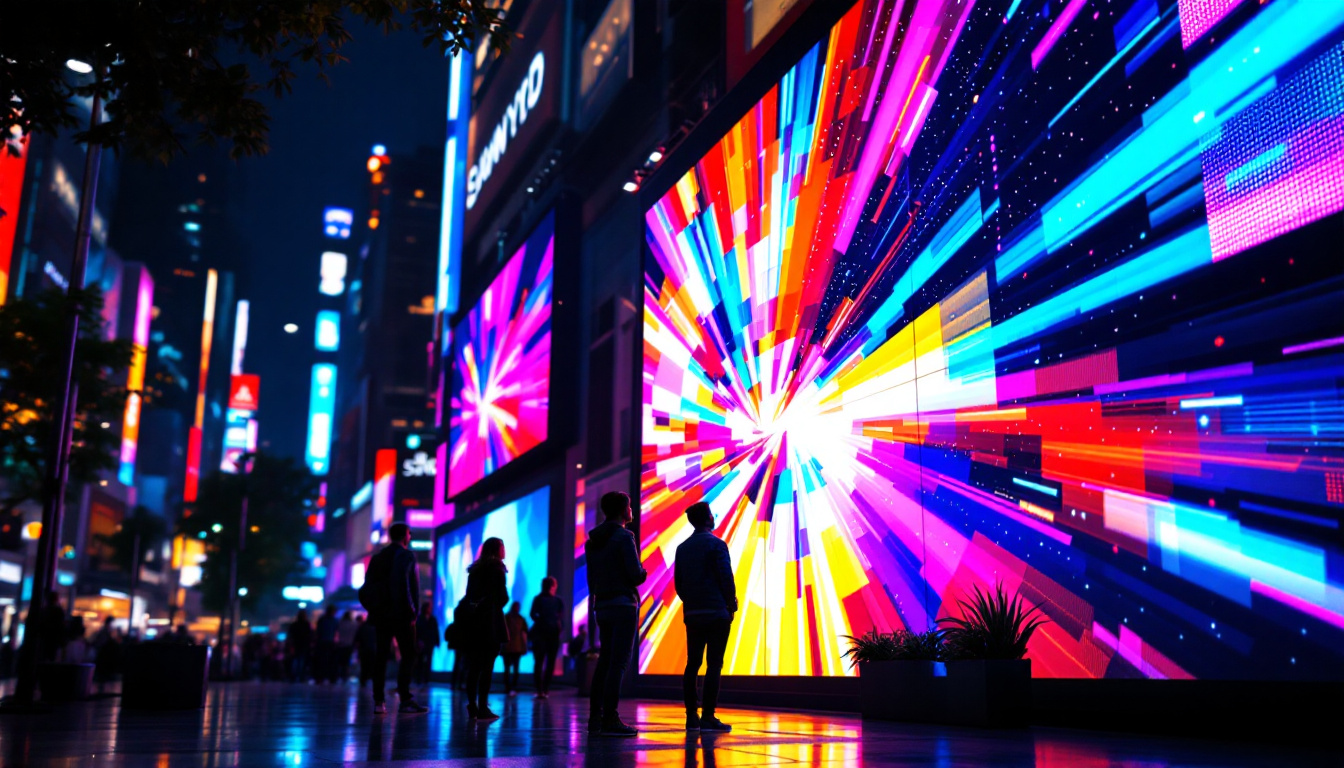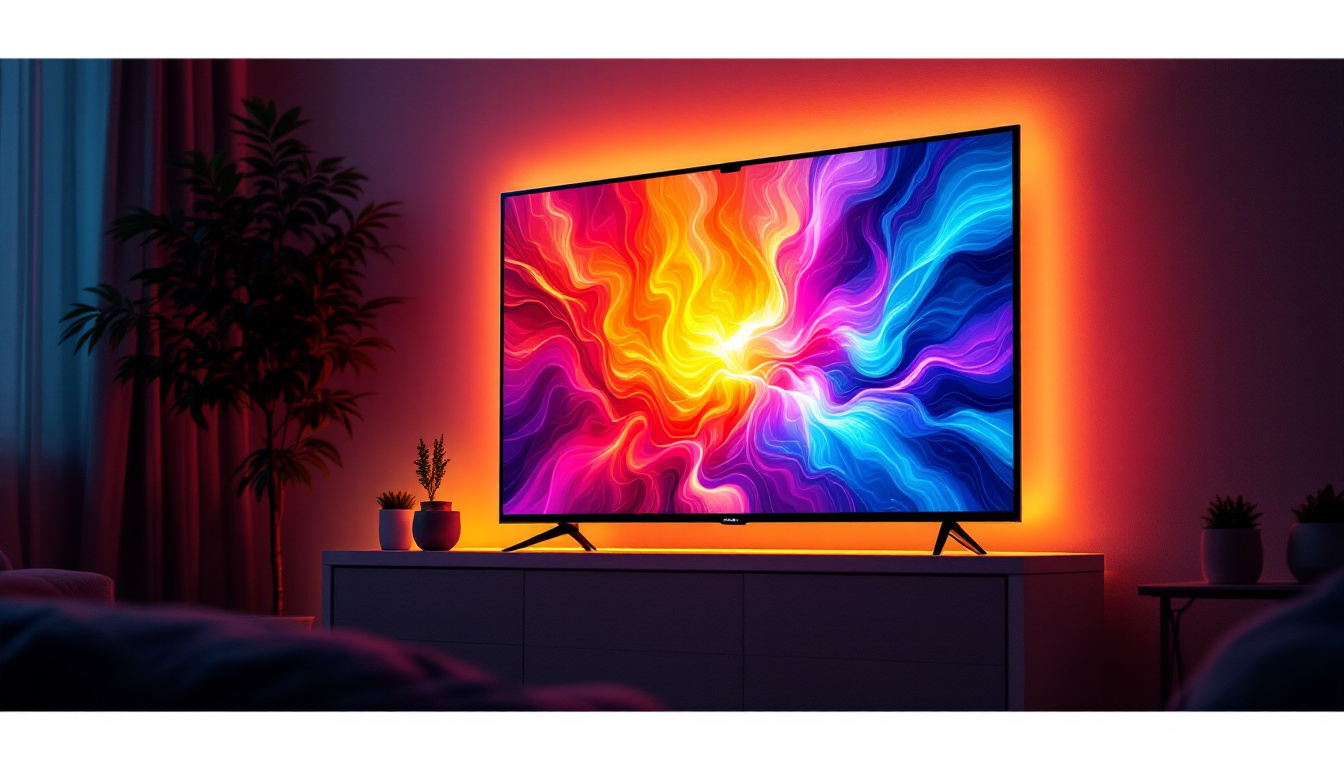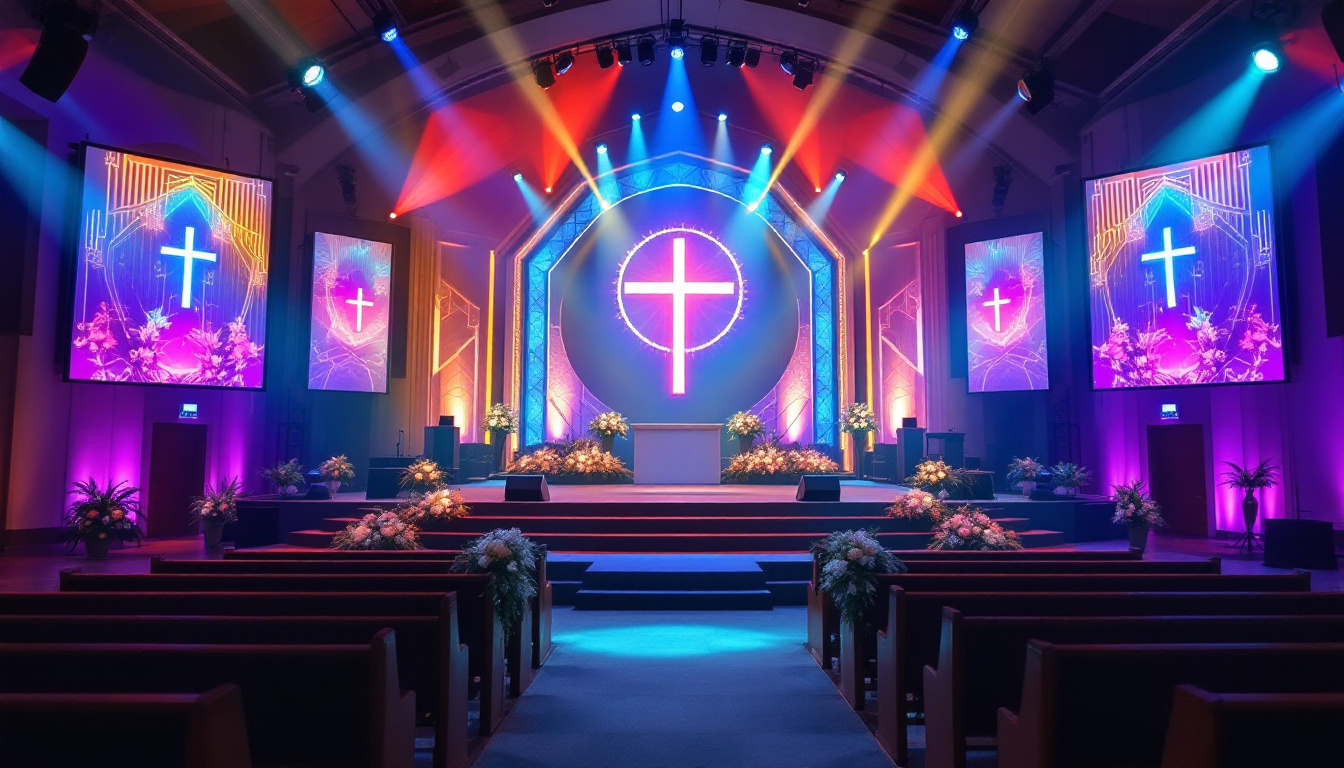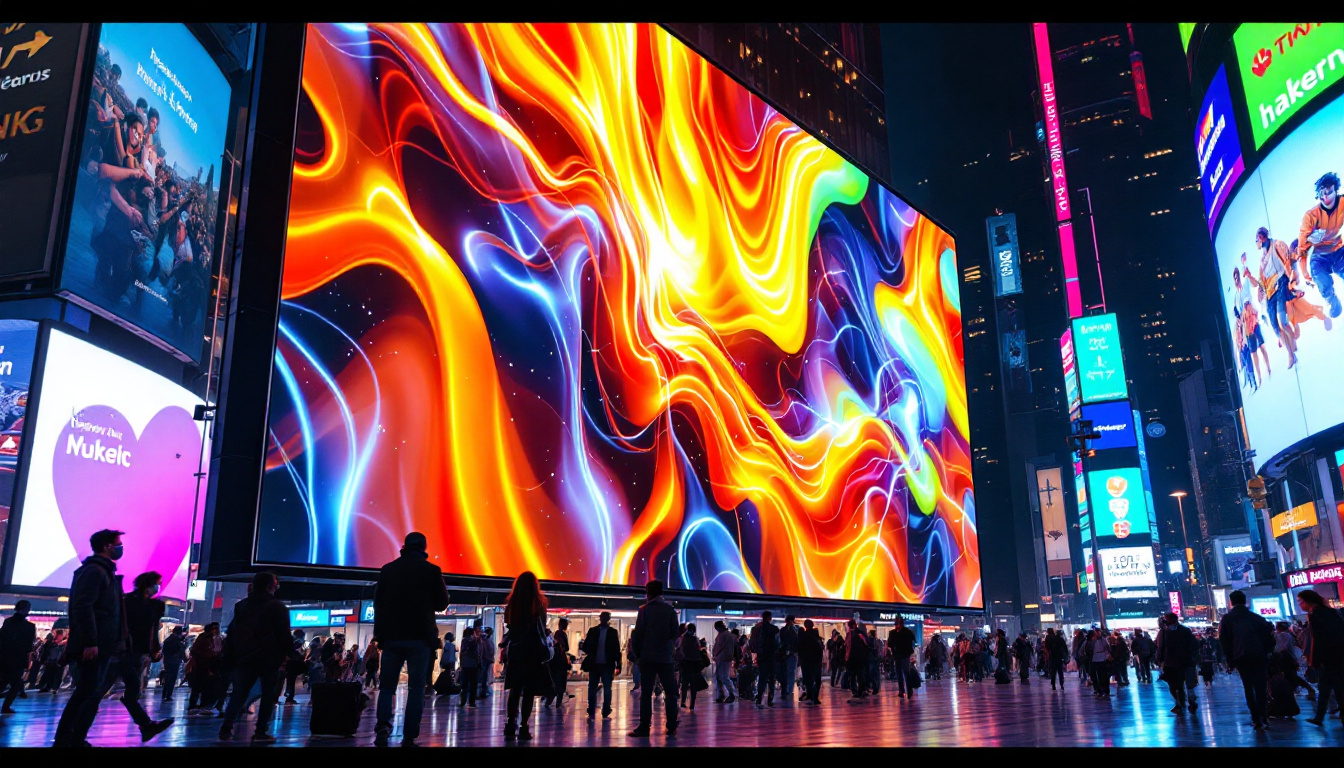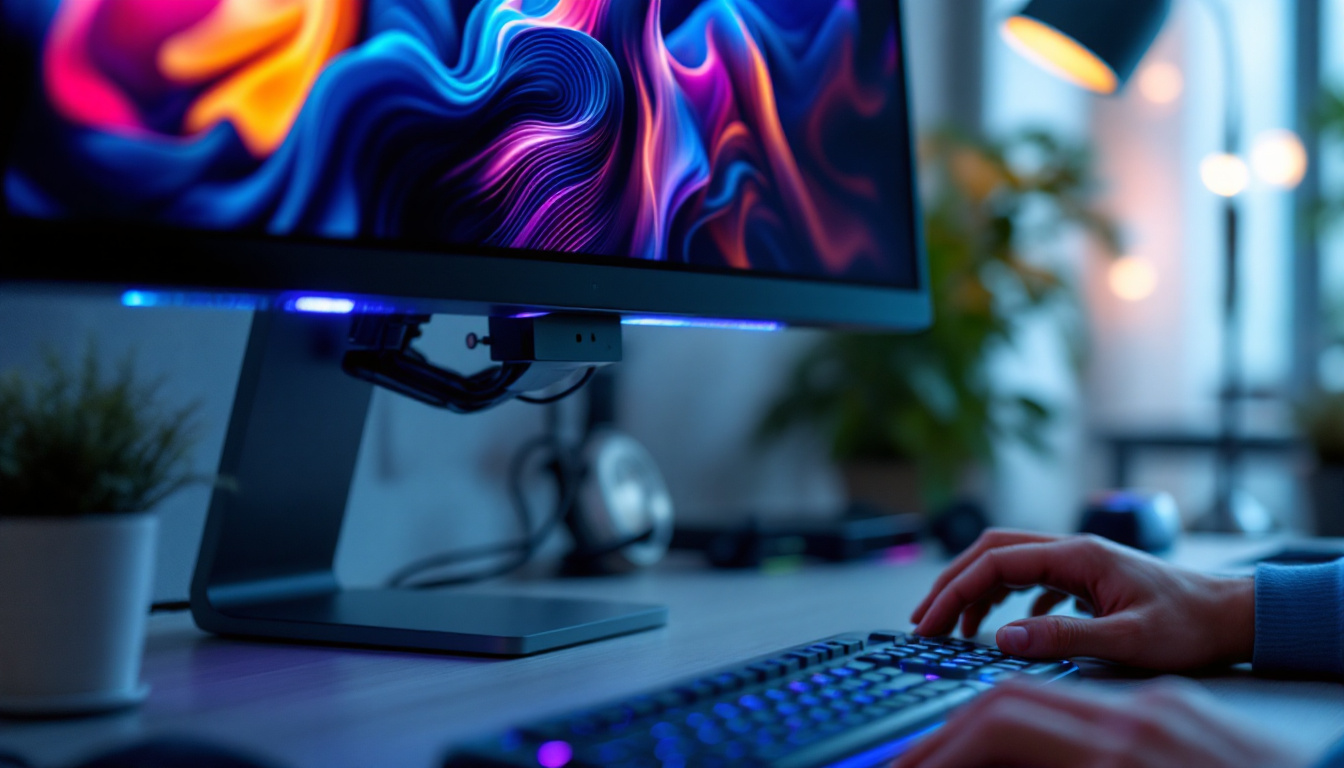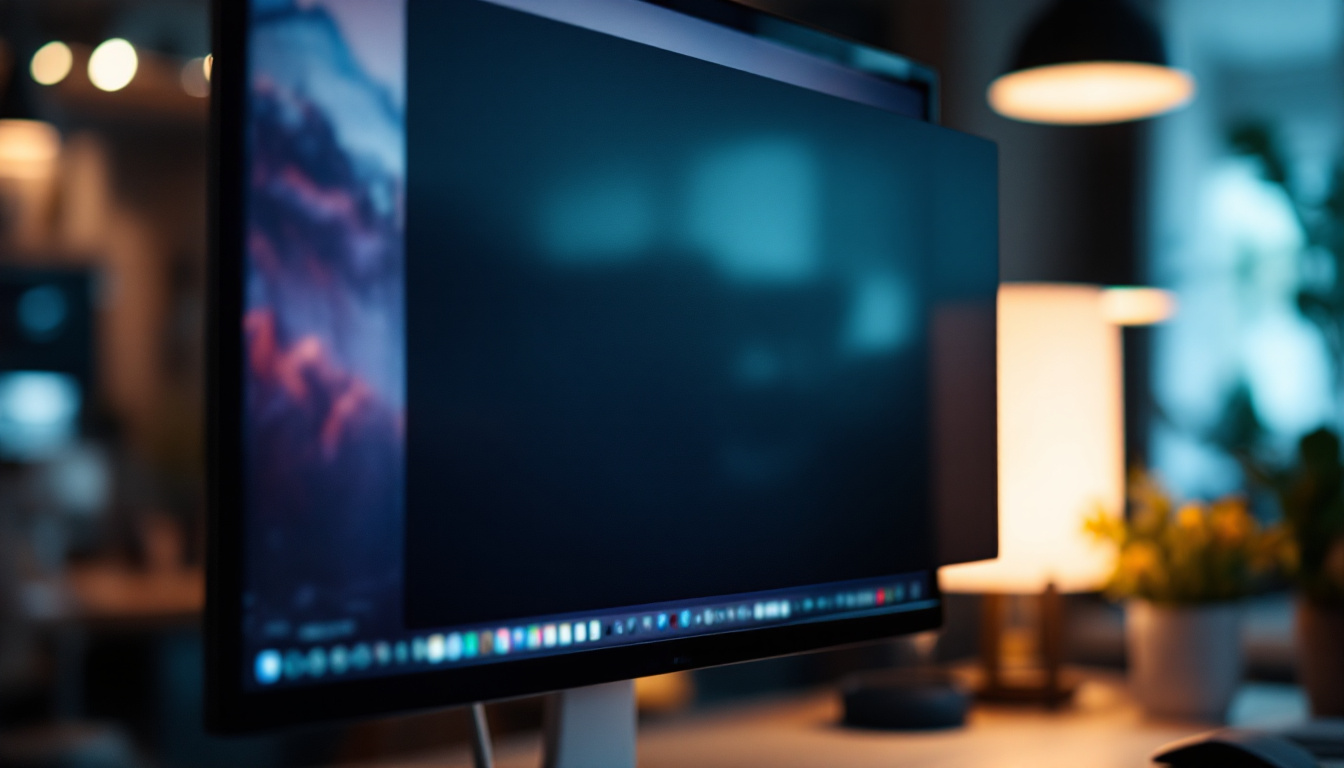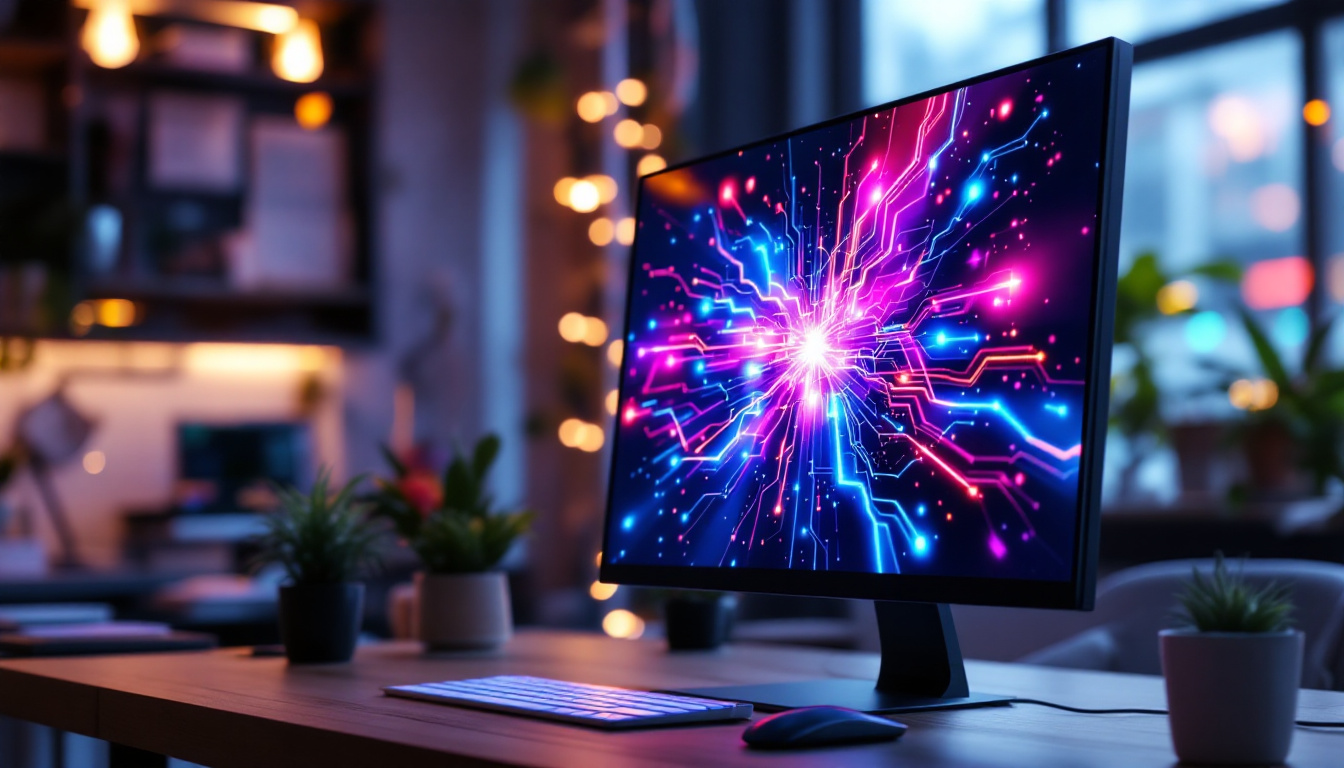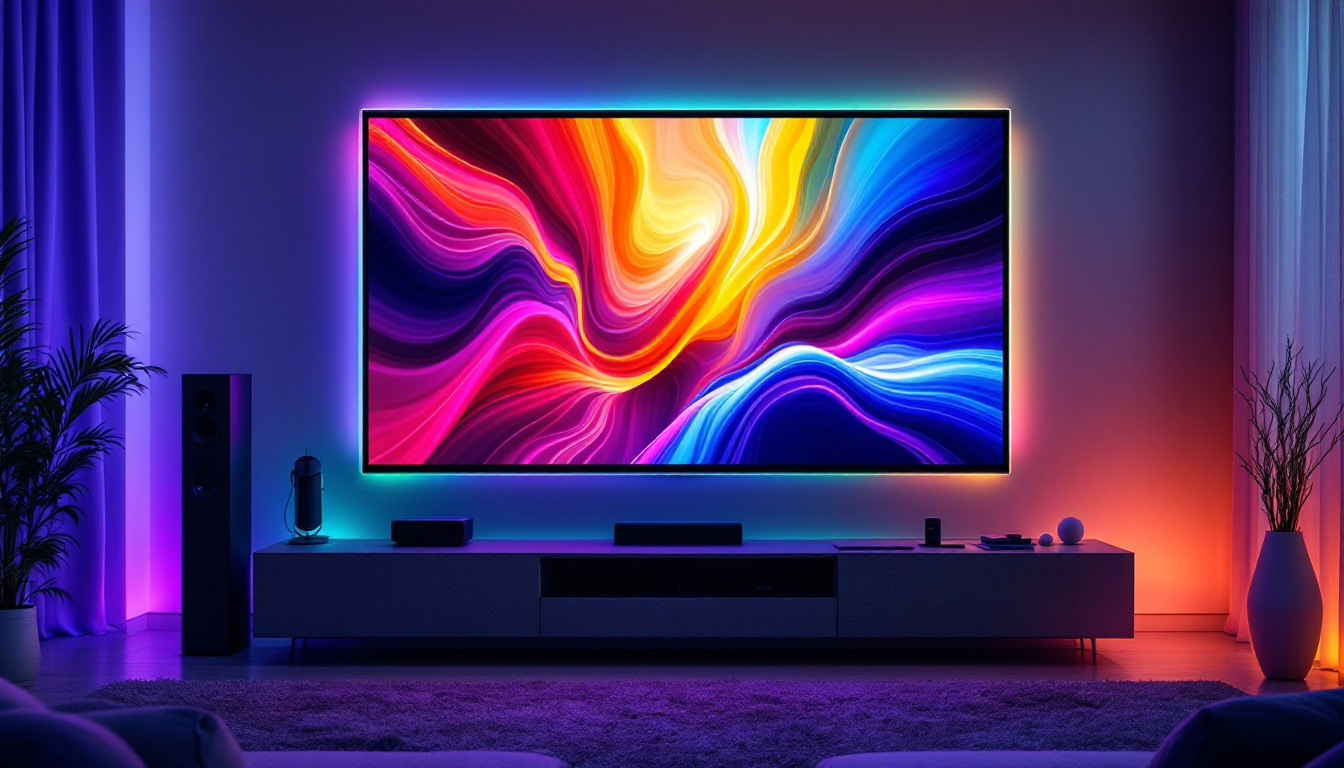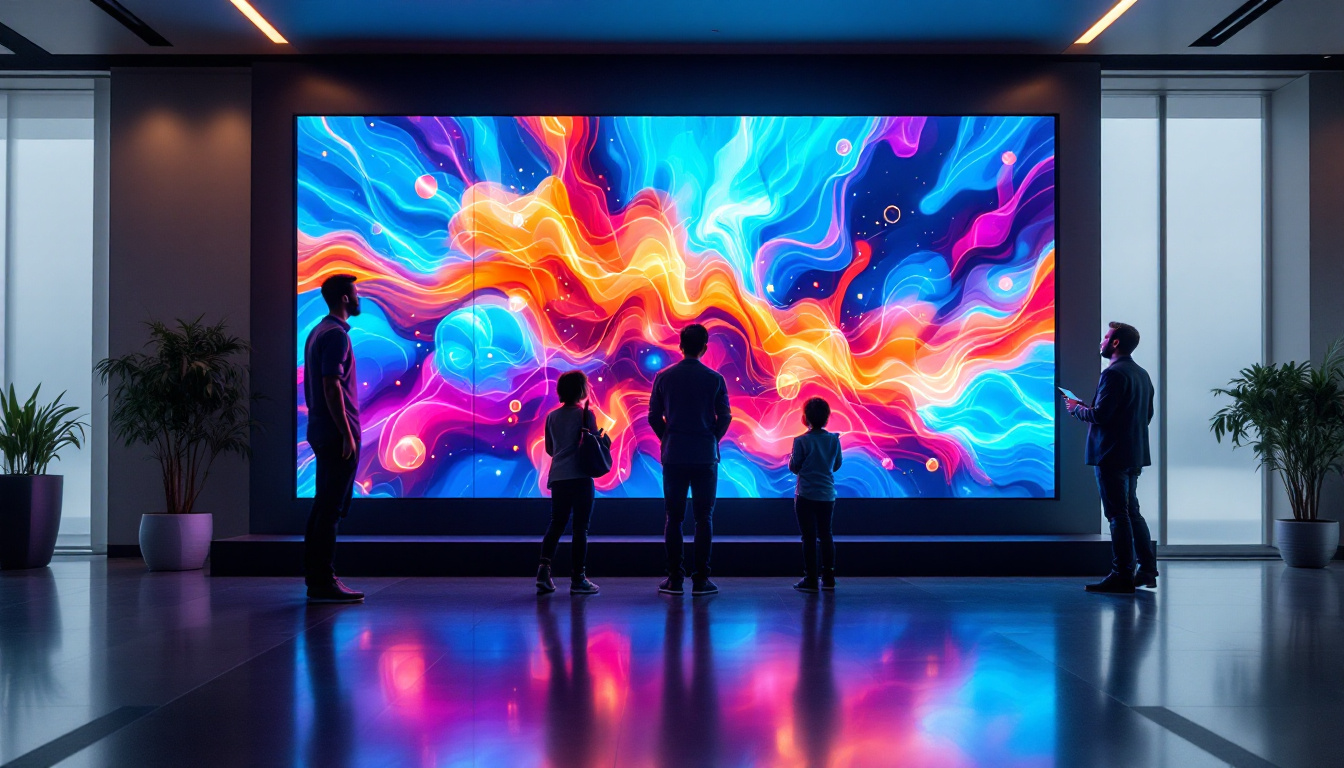Classroom Screen: LED Display Explained
In the modern educational landscape, technology plays a pivotal role in enhancing the learning experience. One of the most significant advancements in classroom technology is the introduction of LED displays. These screens have transformed traditional teaching methods, offering dynamic and interactive ways to engage students. This article delves into the various aspects of LED displays in classrooms, exploring their benefits, features, and the impact they have on education.
Understanding LED Displays
LED, or Light Emitting Diode, displays are flat panel screens that use light-emitting diodes to create images and videos. Unlike traditional LCD screens, LED displays offer superior brightness, contrast, and energy efficiency. These screens are increasingly being adopted in educational settings due to their versatility and effectiveness.
How LED Technology Works
The technology behind LED displays involves a matrix of tiny diodes that emit light when an electric current passes through them. This allows for precise control over brightness and color, resulting in vibrant images and text. The use of LED backlighting in LCD screens has also enhanced their performance, making them brighter and more energy-efficient.
LED displays can be categorized into two main types: direct view and rear projection. Direct view displays are commonly used in classrooms, providing clear images from various angles. Rear projection displays, while less common, can be used in specific setups for larger audiences.
Advantages of LED Displays in Classrooms
One of the most compelling reasons for the adoption of LED displays in educational environments is their numerous advantages. These screens not only improve visibility but also enhance the overall learning experience.
Firstly, LED displays offer exceptional image quality. The high resolution ensures that text and graphics are sharp and clear, making it easier for students to absorb information. This clarity is particularly important in larger classrooms where students may be seated far from the screen.
Secondly, LED displays are energy-efficient. They consume less power compared to traditional projection systems, which can lead to significant cost savings over time. This efficiency also contributes to a more sustainable classroom environment.
Moreover, LED displays are designed to be highly durable and long-lasting, which is a crucial factor in educational settings where equipment is frequently used. The robust nature of LED technology means that these displays can withstand the rigors of daily use, reducing the need for frequent replacements and maintenance. This durability not only saves money but also minimizes disruption in the learning process, allowing educators to focus on teaching rather than technical issues.
In addition to their physical benefits, LED displays also support a variety of multimedia formats, making them ideal for diverse teaching methods. Educators can easily integrate videos, animations, and interactive content into their lessons, catering to different learning styles and keeping students engaged. This adaptability not only enriches the curriculum but also fosters a more dynamic and interactive classroom atmosphere, where students are encouraged to participate actively in their learning journey.
Interactive Features of LED Displays
Modern LED displays often come equipped with interactive features that further enhance their utility in classrooms. These features encourage student participation and foster a more engaging learning atmosphere.
Touchscreen Capabilities
Many LED displays are designed with touchscreen technology, allowing teachers and students to interact directly with the content. This interactivity can take various forms, from annotating lessons to navigating educational software. Touchscreen capabilities make lessons more dynamic and can cater to different learning styles, promoting active participation.
Additionally, the ability to manipulate content on the screen encourages collaboration among students. Group activities can be facilitated more easily, as students can work together on projects or presentations directly on the display. This collaborative environment not only enhances communication skills but also fosters a sense of community within the classroom, as students learn to respect each other’s ideas and contributions.
Integration with Educational Software
LED displays can seamlessly integrate with a wide range of educational software and applications. This integration allows for the use of interactive lessons, multimedia presentations, and real-time assessments. Teachers can easily switch between different resources, making lessons more varied and engaging.
Moreover, many educational platforms offer tools specifically designed for use with LED displays. These tools can include quizzes, polls, and interactive simulations that enhance the learning experience and provide instant feedback to both teachers and students. The ability to analyze student responses in real-time allows educators to adjust their teaching strategies on the fly, ensuring that all students are grasping the material effectively. Furthermore, the incorporation of gamified elements into lessons can motivate students to participate more actively, transforming learning into an enjoyable and rewarding experience.
In addition to traditional educational software, LED displays can also support virtual and augmented reality applications, providing immersive learning experiences. For instance, students can explore historical sites, conduct virtual science experiments, or even engage in interactive language learning scenarios. This cutting-edge technology not only captivates students’ attention but also deepens their understanding of complex subjects by allowing them to visualize and interact with content in ways that were previously unimaginable.
Enhancing Collaboration and Communication
Collaboration and communication are essential components of effective learning. LED displays facilitate these aspects in several ways, creating a more inclusive classroom environment.
Group Work and Presentations
With the large screen size and high visibility of LED displays, group work becomes more manageable. Students can gather around the display to collaborate on projects, share ideas, and present their findings. This setup encourages teamwork and helps develop essential communication skills.
Furthermore, the ability to connect multiple devices to the display allows for diverse contributions. Students can share their work from laptops, tablets, or smartphones, fostering a sense of ownership over their learning process.
Remote Learning and Virtual Classrooms
The rise of remote learning has underscored the importance of effective communication tools in education. LED displays can be integrated with video conferencing software, allowing for seamless interaction between in-person and remote learners. This capability ensures that all students, regardless of their location, can participate in discussions and activities.
Additionally, the use of LED displays in virtual classrooms can enhance the overall experience. Teachers can share presentations, videos, and other resources in real-time, creating a more cohesive learning environment.
Considerations for Implementing LED Displays
While the benefits of LED displays are clear, there are several considerations that educational institutions must take into account when implementing this technology.
Cost and Budgeting
The initial investment in LED displays can be substantial. Schools must evaluate their budgets and consider the long-term benefits of this technology. While the upfront costs may be higher than traditional projection systems, the energy efficiency and durability of LED displays can lead to savings over time.
Additionally, schools should explore potential funding opportunities, grants, or partnerships that could help offset costs. Investing in technology that enhances learning can yield significant returns in student engagement and achievement.
Training and Support for Educators
Successful integration of LED displays in classrooms requires adequate training and support for educators. Teachers need to be familiar with the technology and its features to maximize its potential. Professional development programs can be instrumental in providing the necessary training, ensuring that educators feel confident in using the displays effectively.
Furthermore, ongoing technical support is crucial. Schools should establish a system for addressing any technical issues that may arise, allowing teachers to focus on delivering quality education without interruptions.
The Future of LED Displays in Education
The future of LED displays in education looks promising, with advancements in technology continuing to enhance their capabilities. As schools increasingly adopt these displays, several trends are emerging that could shape their future use.
Advancements in Display Technology
As technology evolves, so too do the features of LED displays. Innovations such as higher resolutions, improved color accuracy, and even flexible displays are on the horizon. These advancements will further enhance the visual experience in classrooms, making learning more immersive and engaging.
Moreover, the integration of artificial intelligence (AI) into educational technology may lead to personalized learning experiences. AI could analyze student interactions with the display and adapt content accordingly, catering to individual learning needs.
Increased Focus on Sustainability
With a growing emphasis on sustainability in education, LED displays are well-positioned to meet these demands. Their energy efficiency and longevity make them an environmentally friendly choice compared to traditional projection systems. As schools strive to reduce their carbon footprint, LED displays can play a significant role in achieving these goals.
Furthermore, the potential for recycling and repurposing old displays can contribute to a more sustainable approach to technology in education. Schools can explore options for donating or recycling outdated equipment, minimizing waste and promoting responsible consumption.
Conclusion
LED displays have revolutionized the way education is delivered, offering a multitude of benefits that enhance the learning experience. From their superior image quality and interactive features to their ability to foster collaboration and communication, these displays are becoming an integral part of modern classrooms.
As educational institutions continue to embrace technology, it is essential to consider the various factors involved in implementing LED displays effectively. By investing in training, support, and sustainable practices, schools can ensure that they are maximizing the potential of this technology.
Looking ahead, the future of LED displays in education is bright. With ongoing advancements and a focus on sustainability, these displays will continue to play a vital role in shaping the learning experiences of students for years to come.
Discover LumenMatrix LED Displays for Your Classroom
Ready to transform your educational environment with the latest in LED display technology? LumenMatrix offers a comprehensive range of LED display solutions tailored to meet the needs of modern classrooms. From interactive Indoor LED Walls to vibrant Outdoor LED Displays, our products are designed to engage students and elevate the learning experience. Explore our innovative LED Sports Displays, dynamic Floor LED Displays, and the sleek All-in-One LED Display options to find the perfect fit for your institution. Embrace the future of education with LumenMatrix and create a visually captivating and collaborative space for your students. Check out LumenMatrix LED Display Solutions today and see the difference for yourself.

